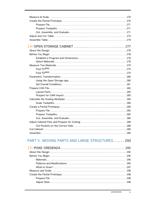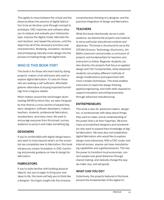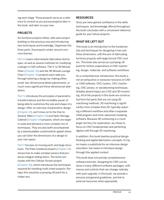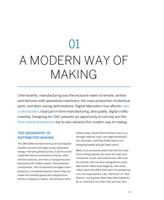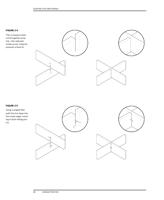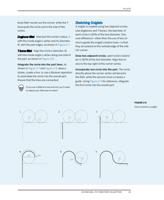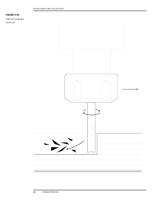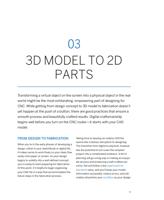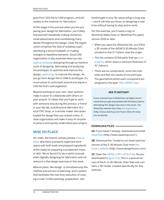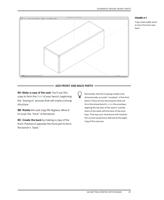
A VERY BRIEF HISTORY OF CNC FURNITURE
noting that one need not get carried away by
material efficiency alone, at the cost of com-
promising function or other considerations.
Incorporating a wide array of criteria endows
things with a logic, integrity, and inherent
beauty that couldn’t otherwise be achieved. As
you design for CNC, don’t try to make some-
thing look like something. Try to make some-
thing that fulfills George Nelson’s maxim: that
design is the process of connecting everything
to everything. You’ll find that making these
interconnections is what produces an object
that is functional, unique, and beautiful.
A VERY BRIEF HISTORY OF CNC
FURNITURE
A small community of designers and makers
has taken to creating furniture for CNC fabrica-
tion for just over a decade. Because each takes
a unique approach to designing for the
machine and material, we’ll now briefly intro-
duce influential CNC furniture designers. We
only cover a few designers here, but encourage
you to explore them further.
Ronen Kadushen, a very early pioneer of
designing CNC furniture, published a collection
of shared, digital furniture designs in 2005,
alongside an Open Design Manifesto.
In 2011, Greg Saul and Tiago Rorke of Diatom
Studio, launched SketchChair (Figure 1-3), a
chair design accompanied by software that
allows anyone to customize, download, and
fabricate their own modification. At around this
time, Droog, the renowned Dutch design collec-
tive supported a team of designers in the devel-
opment of Design for Download. Droog
launched this commercial line of furniture,
which was accompanied with interactive plat-
forms that brought users into the design pro-
cess.
Jens Dyvik developed the customizable Layer
Chair, shown in Figure 1-5, that can be custom-
ized for very specific ergonomic requirements
or aesthetic preferences. Developed with Rhino
and its parametric plug-in Grasshopper, Dyvik
shared his files so others could not only repli-
cate his design, but also improve upon it.
Numerous, diverse Layer Chairs from a chair
functionally tailored for a cellist to an alpine
mountain formal dining set have emerged.
In 2013, Joni and David Steiner collaborated
with Nick Ierodiaconou to design several pieces
that later supported the launch of their Open-
Desk platform (Figure 1-4). Their contemporary
designs have been enthusiastically embraced
by both the DIY and design community, while
also showing sustained commercial success.
The collection of open designs by diverse
designers continues to grow on OpenDesk’s
curated platform.
FIGURE 1-3
Diatom Studio’s
SketchChair Antler
chair
FIGURE 1-4
Joni and David
Steiner's Edie Set
01/A MODERN WAY OF MAKING
33













